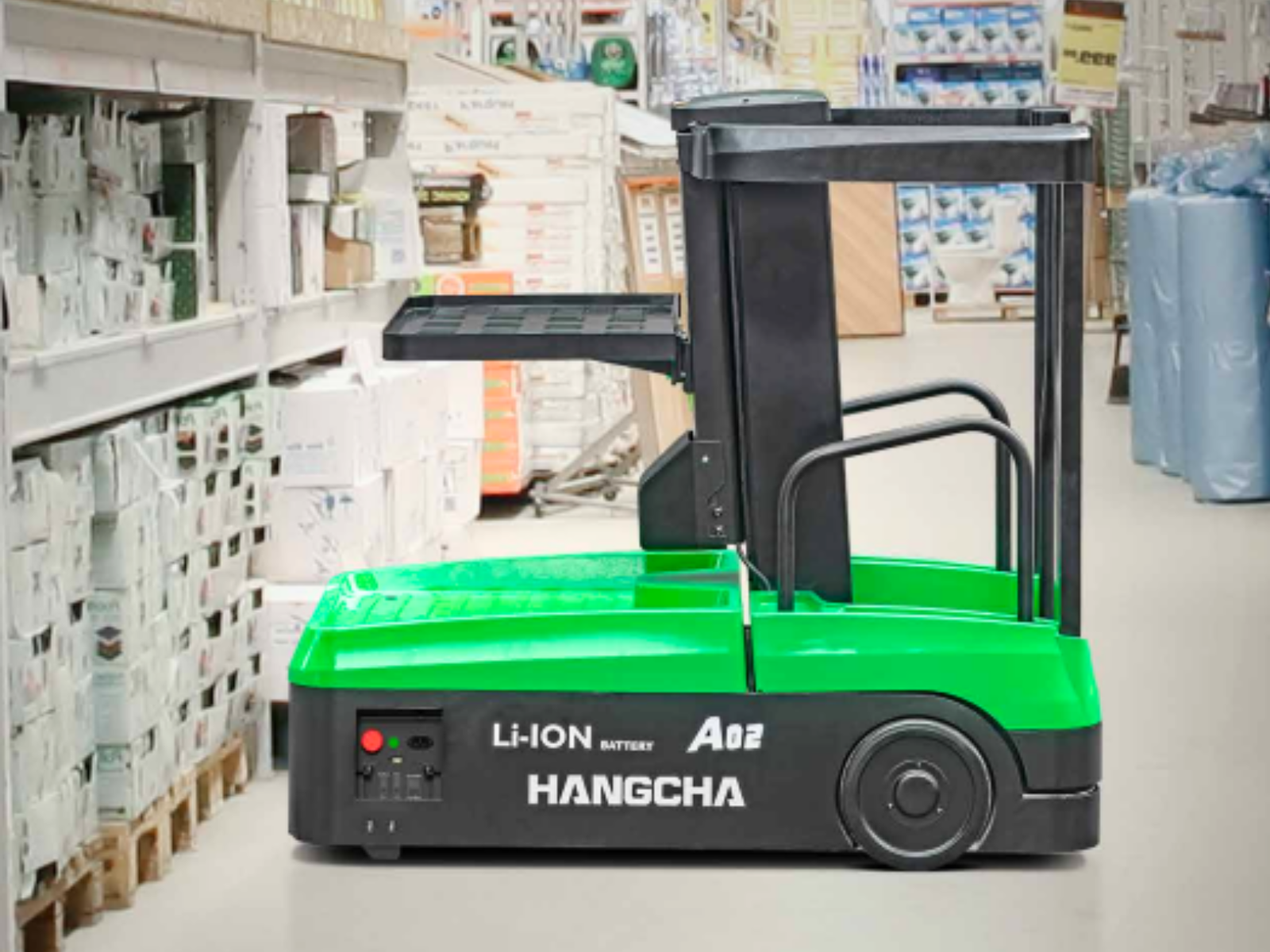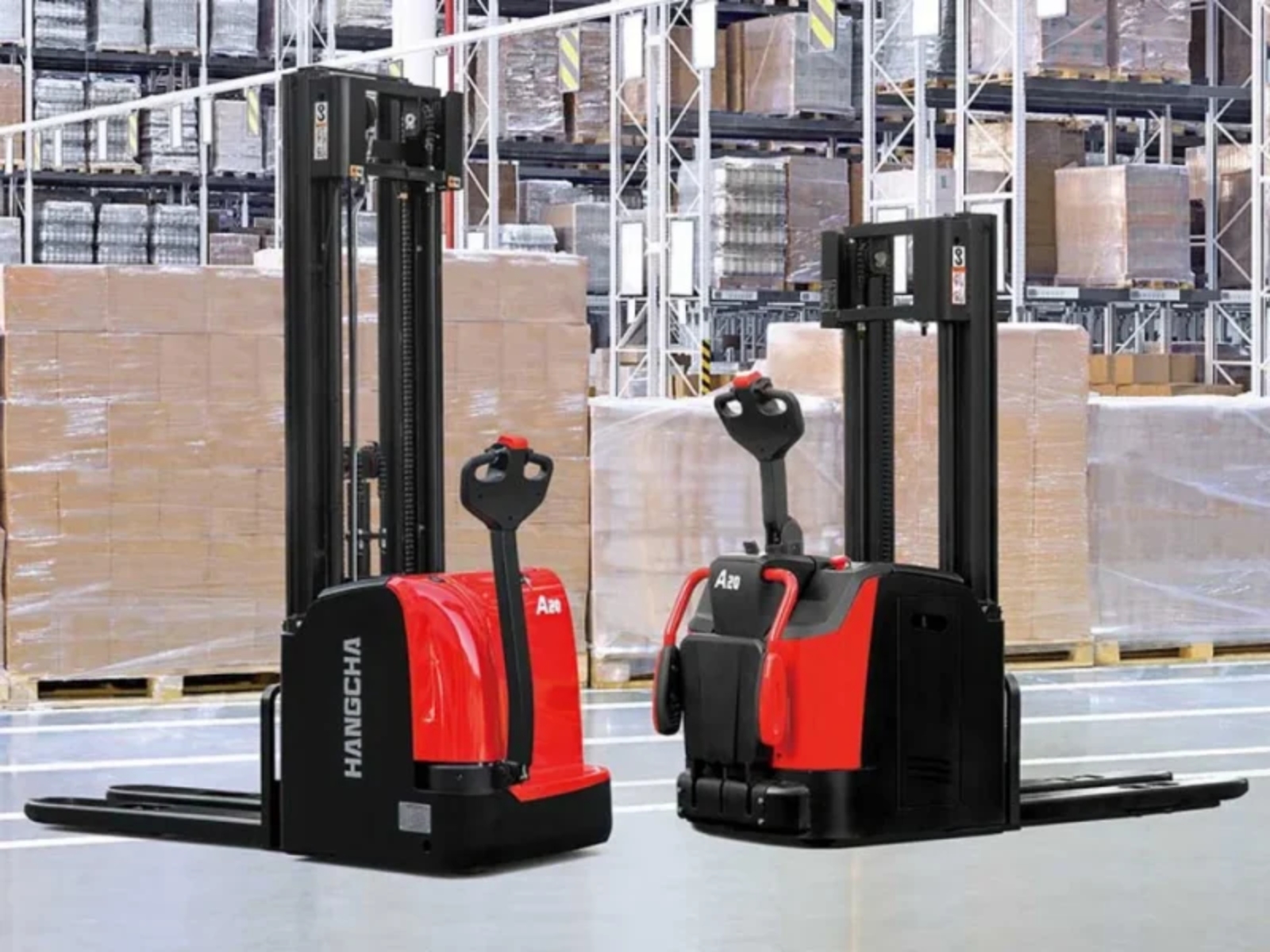In the world of heavy machinery, excavators are key players. These powerful machines are renowned for their versatility and strength, serving as the backbone in many industries, especially in construction. In the following content, we’ll peel back the layers of mystery surrounding excavators, guiding you through an introductory understanding of their structure, how they operate, common types, essential attachments, and various application scenarios. Plus, we’ll share insights on how to operate excavators safely. Whether you’re a construction professional or a machinery enthusiast, be sure to check our excavators for sale for a range of options that can enhance your operational capabilities.
What is an Excavator?
An excavator, often synonymous with progress and development, is a quintessential piece of heavy equipment in the construction industry and beyond. Characterized by its long arm, bucket, rotating cab, and movable tracks, this machinery is engineered for a range of tasks from earthmoving to complex lifting.
Beyond its traditional role in construction sites for digging trenches, foundations, and holes, excavators play a crucial role in many other industries. They are instrumental in mining operations, landscaping, material handling, and even in large-scale demolition projects. The versatility of an excavator lies in its ability to adapt to different tasks, facilitated by a variety of attachments like breakers, clamps, and augers. This adaptability makes the excavator not just a tool for construction, but a multipurpose asset across numerous industries.
The Anatomy of an Excavator
The Undercarriage
Think of the undercarriage as the excavator’s legs and feet. It’s got these big, heavy tracks (like a tank) that help it move over rough terrain without getting stuck. The frame holds everything together and is super strong to handle all the weight. And then, there are rollers – they’re like the wheels for the tracks, making sure the excavator rolls smoothly along.
The Cab
The cab is where all the action happens. It’s the control room where the operator sits and runs the show. Inside, you’ve got all the main controls, levers, and buttons to make the excavator move and do its thing. Plus, it’s built with safety in mind, like a protective structure to keep the operator safe if things go sideways.
The Arm/Boom
Now, the arm and the boom – these are the business parts of the excavator. The boom is the big arm that reaches out, and the smaller part, the arm, does the digging with a bucket at the end. But that’s not all – you can switch out the bucket for other tools like drills or claws, depending on what the job needs. It’s like having a multi-tool at the end of an arm!
How Excavators Work
The Role of Hydraulics
Hydraulics in an excavator is like the muscles in a body. This system uses pressurized hydraulic fluid to power the machine’s movements. Imagine a network of tubes filled with fluid that, when pressurized, causes the arm to move and the bucket to dig. It’s this hydraulic power that allows the excavator to perform heavy-duty tasks with precision and strength, from lifting heavy loads to smoothly operating the boom and bucket.
Control and Operation
Operating an excavator is a bit like playing a video game, but way more complex. The operator sits in the cab, using a set of controls to maneuver the machine. These controls include joysticks, pedals, and buttons that command the excavator’s movements – think of moving the arm up and down, rotating the cab, or opening and closing the bucket. The skill lies in coordinating these controls smoothly to get the excavator to precisely dig, lift, and move things exactly where they need to be.
Common Excavator Types
Crawler Excavators
Crawler excavators are the heavyweights in the excavator world. They are mounted on two large tracks, making them stable on uneven terrain and perfect for heavy-duty tasks like mining or large-scale earthmoving. These machines are slow movers but incredibly powerful and stable, making them ideal for tough environments.
Wheeled Excavators
As the name suggests, these excavators are equipped with wheels instead of tracks. This makes them faster and more maneuverable, perfect for urban settings or projects where they need to move between sites quickly. They’re not as stable on rough terrain as crawlers but excel on hard surfaces.
Long-Front Excavators
Long-front, or long-reach excavators, have an extended arm and boom. These machines are perfect for jobs that require a longer reach like deep trenching, dredging, or demolition work. They can reach farther and deeper, but their extended arm makes them less stable than standard models.
Backhoe Excavators
These are versatile machines that feature a bucket on the front and a backhoe on the back. They’re great for medium-sized tasks like digging trenches, breaking asphalt, and general excavation work. Their dual functionality makes them a popular choice for various projects.
Skid Steer Excavators
Skid steer excavators are small, agile machines, ideal for tight spaces and smaller job sites. They have a unique steering mechanism that allows them to turn within their own footprint. These are perfect for landscaping, site preparation, and small demolition tasks.
Excavator Applications
Construction Sites
Excavators are crucial in construction for tasks like digging foundations, trenching, and landscaping.Crawler and wheeled excavators are often used due to their power and mobility.
Demolition
For demolition, excavators are essential for tearing down buildings and removing debris.Long-front excavators are suitable here for their reach and power.
Mining Operations
In mining, excavators are used for digging, earth removal, and ore extraction.Crawler excavators are preferred for their stability and strength in rough terrain.
Heavy Lifting
Excavators assist in lifting and moving heavy materials or objects.Larger crawler excavators are ideal for their lifting capacity and stability.
Landscaping
Excavators help in grading, digging for water features, and tree planting.Compact or mini excavators are best suited for these tasks due to their size and maneuverability.
Forestry Work
In forestry, excavators are used for clearing land and managing vegetation.Wheeled excavators, for their speed and mobility, are often preferred.
River Dredging
Excavators are used for dredging to maintain waterways and prevent flooding.Long-reach excavators are suitable for their extended arm capability.
Essential Attachments for Excavators
Buckets
The most common attachment, used for digging, excavating, and scooping earth, rocks, and other materials.
Breakers
Hydraulic-powered hammers used for breaking concrete structures, rocks, or paving.
Augers
Spiral-shaped drilling tools for creating holes in the ground, ideal for landscaping and foundation work.
Grapples
Claw-like attachments used for grabbing, lifting, and moving various materials, especially useful in demolition and forestry.
Rippers
Sharp, tooth-like attachments used for breaking and ripping through hard or frozen ground and other tough materials.
Compactors
Plate attachments used for compacting soil, gravel, and sand, essential for construction and road work.
Safety Measures in Excavator Operations
Safety is paramount when operating excavators. Here are some key measures and precautions:
Pre-Operation Checks
Inspect the excavator for any mechanical issues, including hydraulic systems and undercarriage parts, before use.
Proper Training
Operators should be thoroughly trained in excavator handling and understand the specific model’s controls and capabilities.
Wear Safety Gear
Operators must wear appropriate personal protective equipment, including hard hats, safety glasses, and high-visibility clothing.
Be Aware of the Surroundings
Always check for overhead and underground hazards like power lines and pipelines.
Communication
Maintain clear communication with ground workers to prevent accidents.
Avoid Overloading
Never exceed the excavator’s operational capacity as it can lead to tipping.
Use Attachments Properly
Ensure attachments are securely fastened and used according to their intended purpose.
Follow Manufacturer Guidelines
Adhere strictly to the manufacturer’s instructions for operation and maintenance.
Learn More About Excavators
Excavators are more than just digging machines; they’re key to construction and many other industries, known for their versatility and power. Knowing how they work, the different types, and how to use them safely is essential for professionals. They make complex tasks more efficient and safer.
For a deeper dive into excavators, like detailed types and buying guides, after-sales maintenance, and performance evaluation, check out our homepage for more expert content!





.webp)